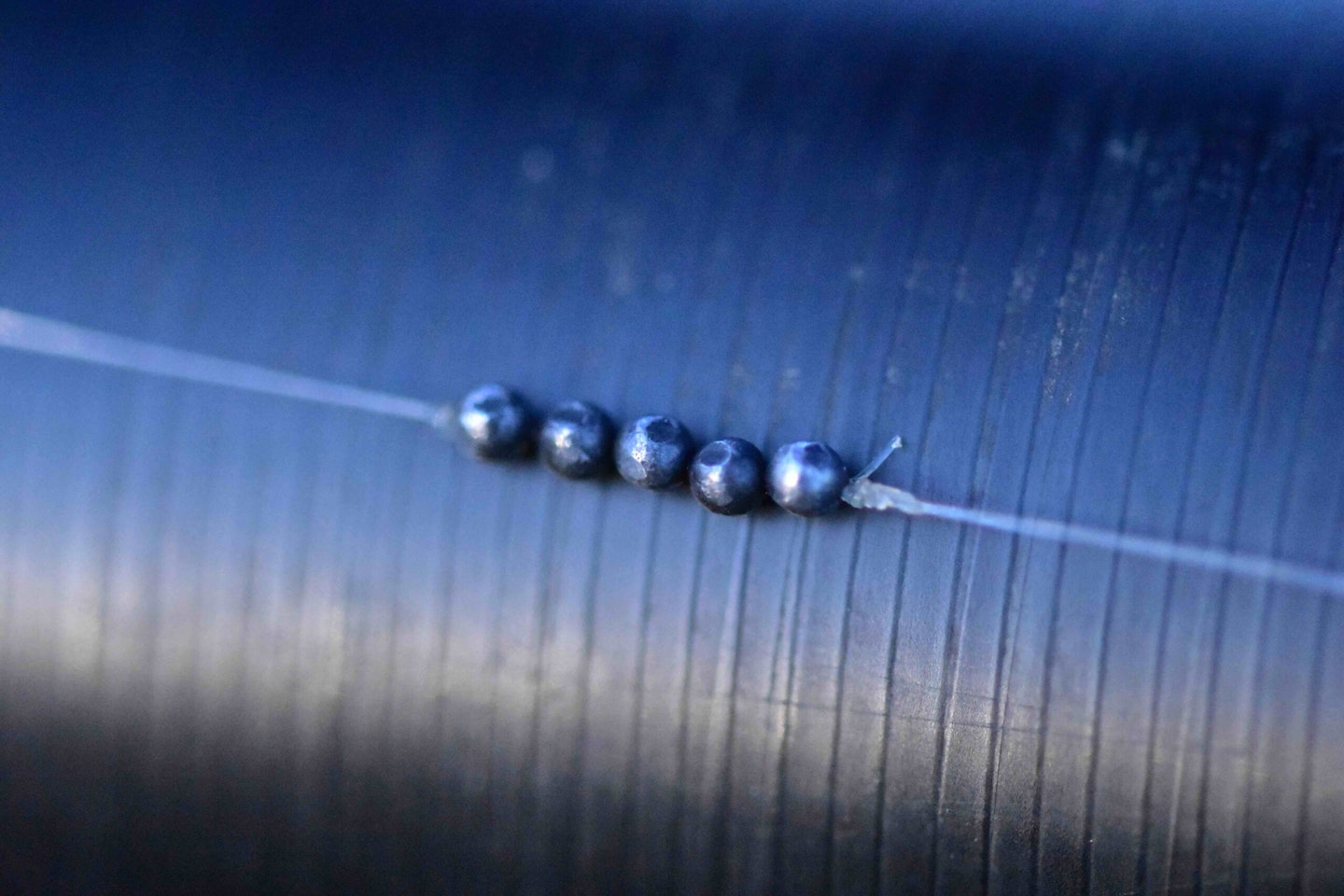Safe to say, F1s can be very fickle feeders at the best of times, and it’s important to remember that hitting every bite is basically an impossibility. That said, there are several things you can do to try and stack the odds in your favour.
Keep a tight line
The number one rule when shallow fishing for F1s is to keep tension in the length of line between your pole-tip and float. This is one of the main reasons that methods like the Jigga and the over shotted rig are so effective.
When you have a tight line between pole-tip and float, bites will often register by the elastic being pulled out of the pole-tip without the need to strike. Keeping that length of line short will help a lot and, if fishery rules allow, I’ll have as little as 4ins. A string of small back shots also helps, particularly if it’s windy.
The beauty of back shots is that you must stay tight on the float – if you don’t, the back shots will pull the float under. They stop you from being lazy, dropping the pole down low and allowing slack to develop.
THE BEST FISHING POLES WILL HELP YOU IMPROVE YOUR SHALLOW FISHING FOR F1'S.
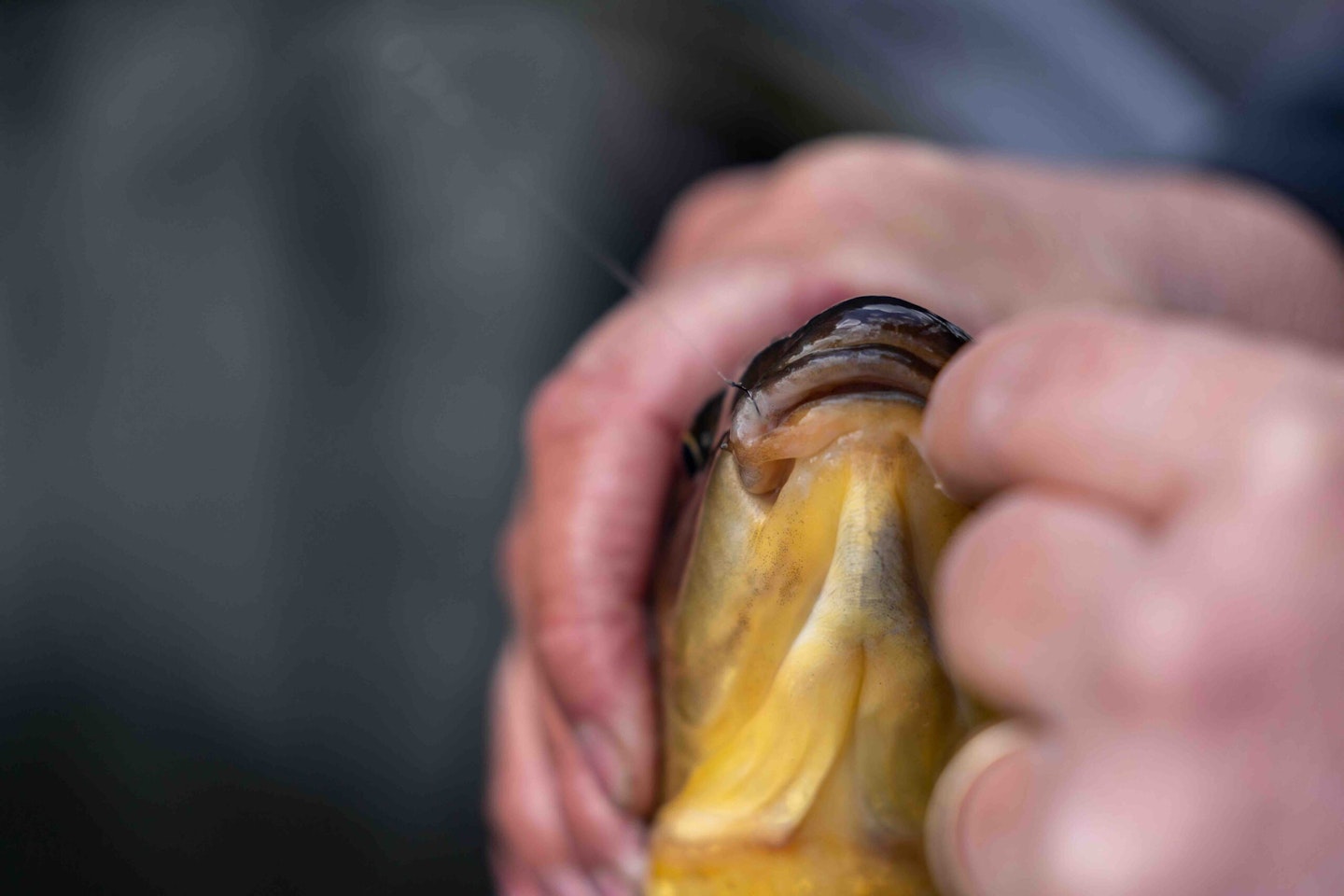
Keep your feed tight
Competition is key when it comes to getting F1s to slip up and suck the hookbait in. Feeding in a tight area means the fish are competing in a very small space which, in turn, means they have no time to inspect a bait. If they want it, they must suck it in quickly before another fish gets it!
Of course, the more F1s there are in the swim, the more you can get away with feeding a bigger area, but even when bagging up, feeding tight is a huge advantage. If you ever watch the likes of Andy Bennett and Jamie Hughes, the first thing you will notice is how tight an area they feed.
YOU WILL NEED SOME OF THE BEST FISHING KEEPNETS TO SAFELY RETAIN ALL THE EXTRA F1's YOU WILL CATCH.
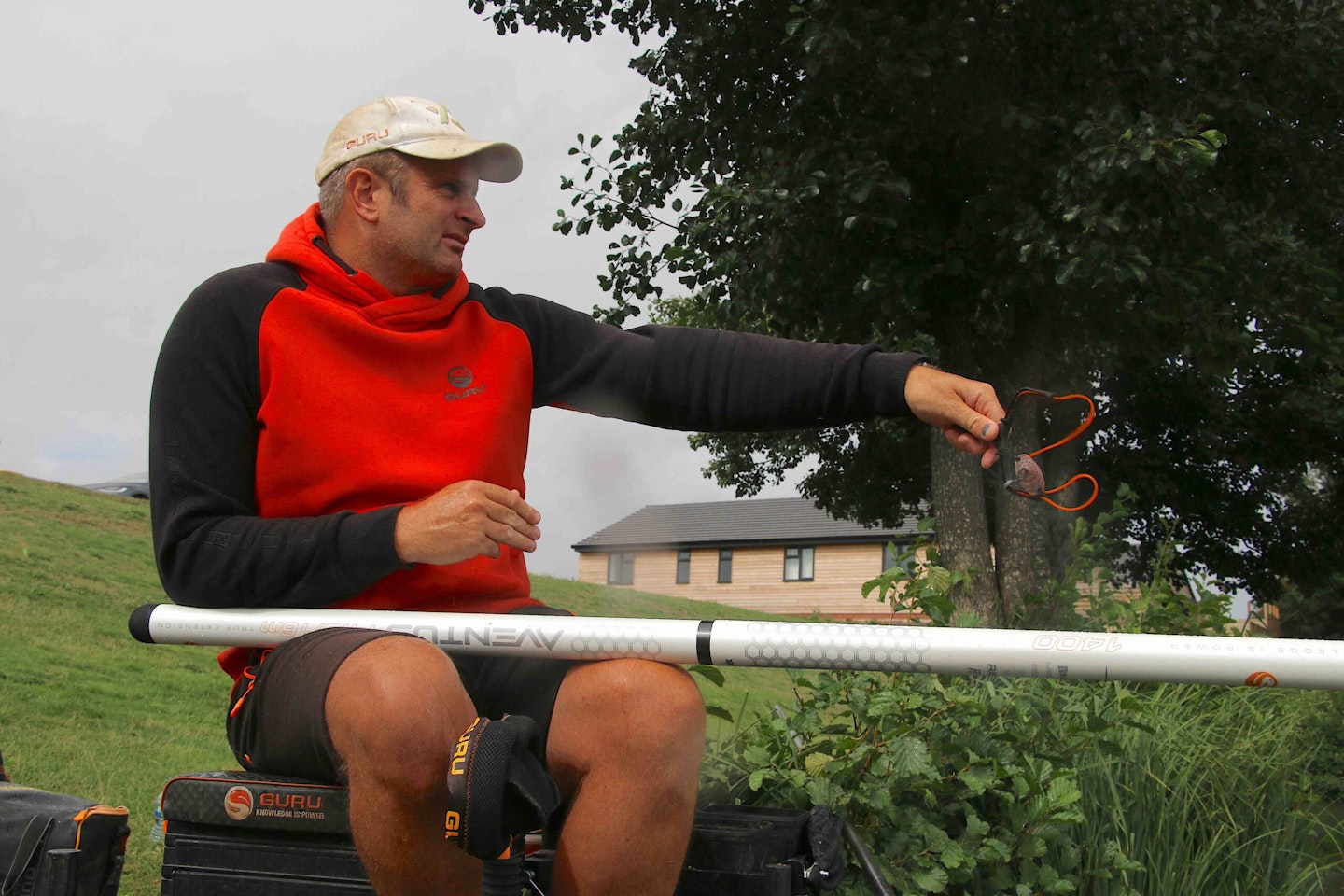
Hair-rigs rule
Keeping the whole hook on show will give you a massive advantage when fishing shallow for F1s. Regardless of whether I am fishing pellets, maggots or casters, I will use a bait band for the hookbait. There are two advantages, the first being that the whole hook is free and the chances of the F1 getting pricked are much higher.
Second, small nuisance silvers don’t tend to be able to get the hookbait and hook in their mouths. If you still get a bite from a silver but you don’t hit it, you aren’t wasting time shipping in with a tiny roach.
Hair-rigging also allows you to fish a smaller hook, and my choice is an eyed size 16 or 18 Guru SLWG.
I’m sure that a smaller hook when F1 fishing not only gets me more bites, but allows me to hook more, too.
WANT TO CATCH SOME BIG F1's? OUR WHERE TO FISH GUIDE HAS SOME EXCELLENT VENUES TO TRY!
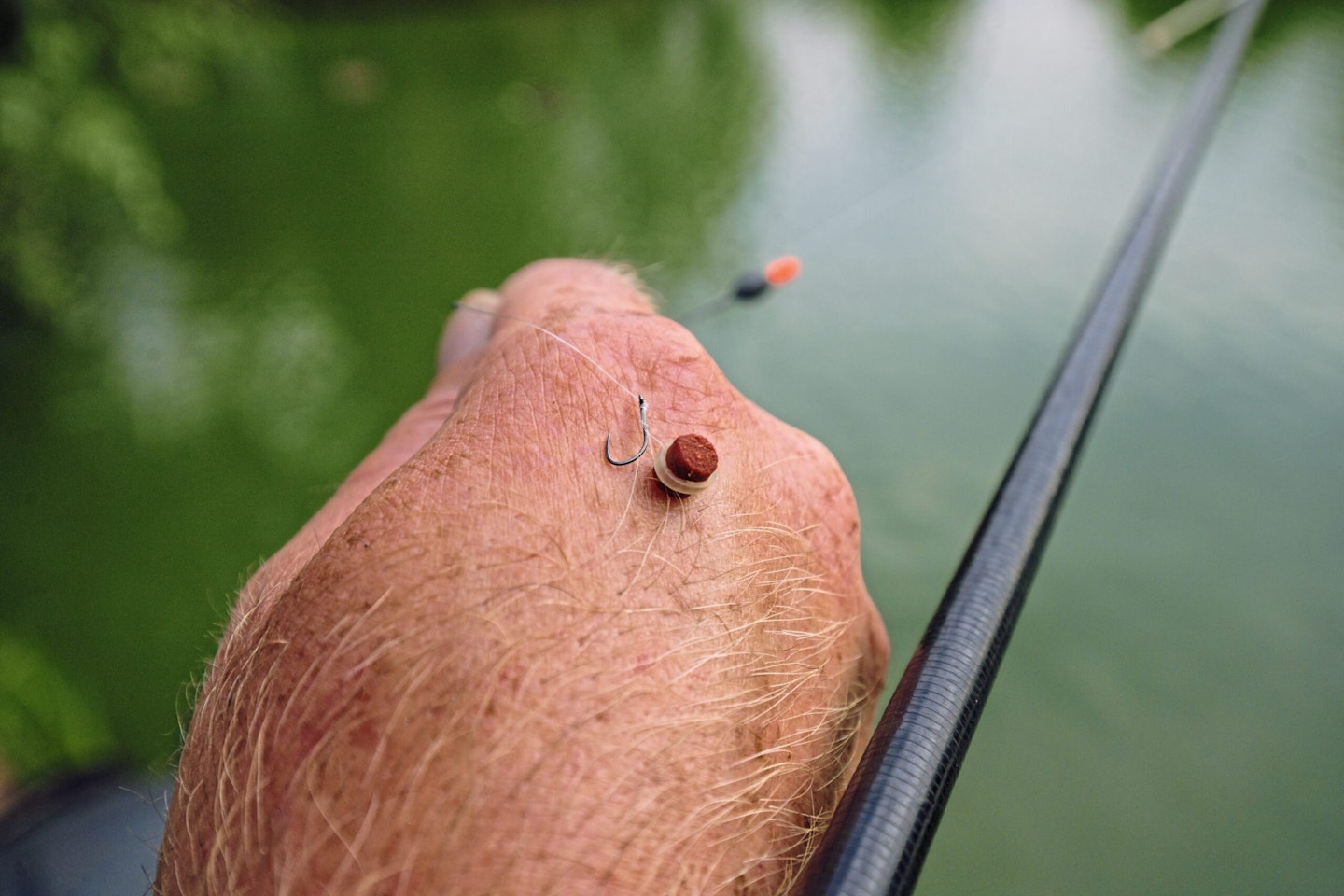
Small hookbaits
F1s have small mouths, so fishing small hookbaits like a single caster, single maggot or 4mm pellet makes sense, as it’s easier for them to suck it in. Whenever I have dabbled with bigger hookbaits, I’ve always missed more bites.
I also like to match the hatch and, if I am fishing a caster hookbait, I’ll loosefeed the same. This is a fish that seems to be able to spot a trap from a mile off, but a hookbait that looks like the loosefeed will be sucked in with less suspicion and your chances of hitting the bite will be massively improved.
PREFER FISHING FOR CARP? READ THIS EXPERT ARTICLE TO IMPROVE YOUR SHALLOW FISHING FOR THEM.
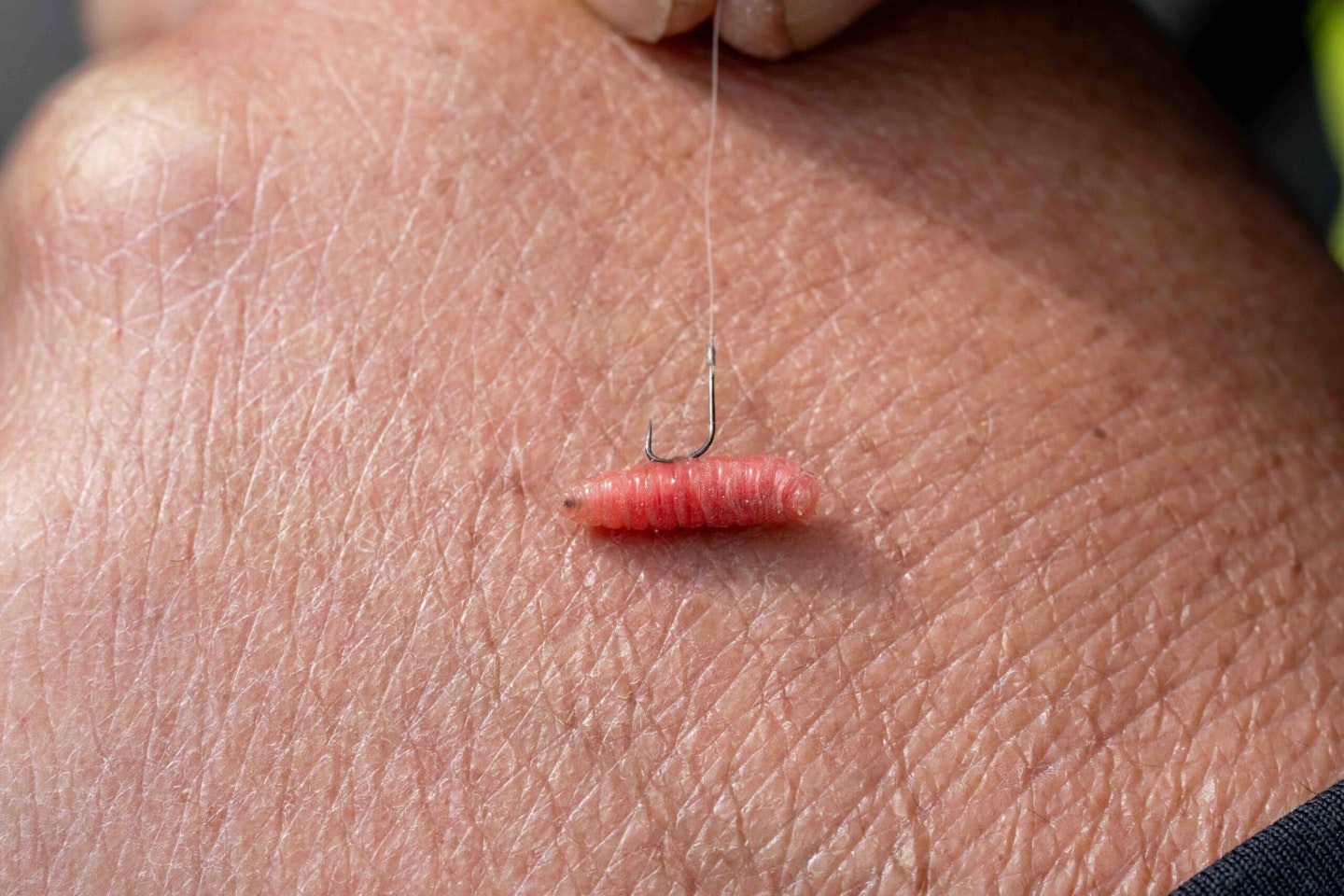
Mini bulk
Placing a bulk of shot quite close to the hook can work wonders when you are struggling to hit bites. I place this just above the hooklength knot, leaving it 4ins away.
It helps keep the whole rig under tension, which makes it difficult for an F1 to suck the hookbait in and then blow it back out again. This bulk is often made up of four No10s which shot the light floats that are in use perfectly.
